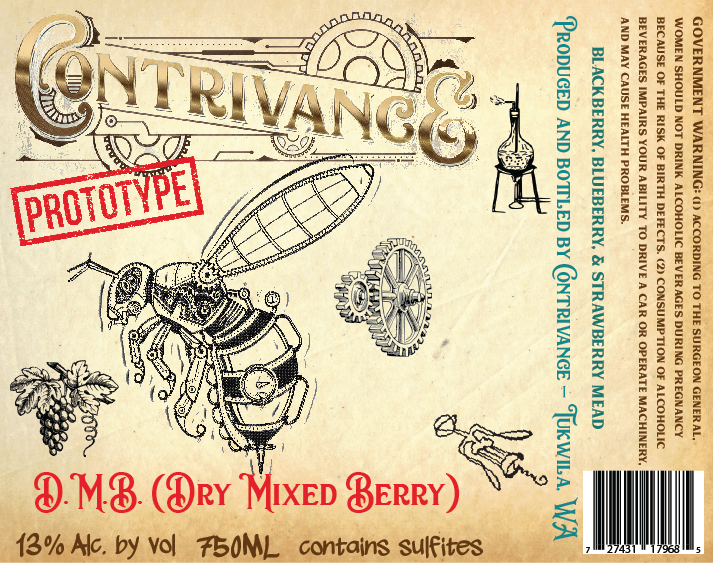Home made mead vs. commercial mead
You may be wondering if there’s any real difference between mead made at home and commercial mead made in a meadery in the United States.
Perhaps you’ve been making mead at home and are considering starting your own meadery. Or maybe you’re just curious after having some commercial mead if you could get similar results at home yourself.
The mead making process is basically the same. One main difference between most people at home vs a commercial operation is the use of temperature control during fermentation. This is critical to getting a consistent and delicious product. If a fermentation gets too hot it can product bad flavors that may never go away. There are small scale glycol chillers on the market that can keep fermentations from getting too hot. A good yeast nutrient regimen such as TOSNA 3.0 is critical to getting good results in a short period of time.
The biggest difference between mead made at home and in a licensed meadery are the TTB rules that you have to follow in a commercial environment. The TTB is the Alcohol & Tobacco Tax & Trade Bureau. That federal government agency has 2 main purposes. 1) To ensure that they get their tax revenue from commercial alcohol production. 2) To ensure the safety of the products being produced by said industry.
One big difference between making wine and mead in the U.S. is that wine has a standard “formula” or recipe for the most part. There are approved additives that can be used but basically the ingredients that go into the product are always the same. This is not the case for mead. Mead can be made from any number of fruits, spices, herbs, vegetables, etc. For this reason, mead formulas have to be approved by the TTB prior to the mead being made. This requires that the meadery provide the recipe to the TTB so that they can ensure you aren’t putting any kind of poisonous berries in it for example. If you’re making mead at home in your garage you are free to poison yourself all you want!
Once a recipe is approved you will also need to obtain a label approval prior to bottling the product. The same agency does the label approvals. There are several label requirements that must be satisfied in order for it to be accepted. Once the labels are approved you can get them printed and bottle your product and put it up for sale. Some states also have requirements related to labels and you need to submit the labels to that state agency before the product can be sold in that state.
All of this is a bit of a hassle, but is nothing compared to the tax and reporting requirements that commercial alcohol business must also follow. It can easily be a full time job to keep all of these things up to date, especially if you ship products to multiple states with your own shipping licenses.
In order to ship alcohol to other states you need a permit for those other states, which all vary in requirements and cost. The price per year for a shipping permit for a single state is $0-300. That is nothing compared to the time you will spend doing paperwork and tax returns for each of those states. This is the reason companies such as vinoshipper exist. They handle the tax returns and paperwork for you.
As you probably guessed, starting a commercial meadery is no simple task. Making the mead is the easy part! In the end, they aren’t doing anything in a commercial meadery that you shouldn’t be able to do yourself at home, with similar results.

